Google Pixel 10 Pro vs Pixel 9 Pro: All upgrades explained
We may earn a commission if you make a purchase from the links on this page.

Intro
The Pixel 10 Pro has just arrived, and it gives us better performance, a more impressive telephoto camera, and all of Google's AI acumen on deck.
However, owners of the Pixel 9 Pro have probably noticed the lack of major upgrades, so the question remains whether they should consider upgrading to the newer phone.
Explore more phone deals this Black Friday right here
To find out, we put both phones through the paces of our in-house performance, camera quality, battery life, and display quality tests. We've also spent time with either device to answer the burning question.
In this comparison, we will share our findings and help you decide whether an upgrade is necessary, or not.
Pixel 10 Pro vs Pixel 9 Pro differences:
| Pixel 10 Pro | Pixel 9 Pro |
|---|---|
| Design | |
| Same design as the Pixel 9 Pro, more or less | Flat sides, front and back, new camera bar |
| Glass and metal | Same building materials |
| 207 gr | 199 gr |
| Display | |
| 63.-inch 1-120Hz AMOLED | 6.3-inch 1-120Hz AMOLED |
| 3,300 nits brightness | 3000 nits brightness |
| Performance | |
| Google Tensor G5 chipset (3nm, new manufacturer) | Google Tensor G4 platform on a 4nm node |
| 16GB of RAM | 16GB of RAM here as well |
| Cameras | |
| 50MP main, 48MP ultrawide, 48MP telephoto camera setup | Identical camera setup |
| 42MP front camera | 42MP front camera |
| Pro Res zoom up to 100x | Pro Res zoom up to 20x |
| Battery | |
| Larger 4,870 mAh battery, better battery life potentially | 4,700 mAh battery |
| Potentially faster 30W charging speeds, 15W wireless (Qi2 standard) | 27W wired, 21W wireless charging |
| The same $999 base price | $999 for the 16/128GB model |
Table of Contents:
Also read:
Design and Size
Don't fix if not broken
Google made a bit of an overhaul with the design of the last generation Pixels and abandoned the curved sides and back and the signature Camera Bar. The Pixel 9 Pro also grew smaller to make room for the Pro XL variant.
It seems that Google has decided to stick with the formula, and there aren't any big changes on the Pixel 10 Pro in that regard. The design is almost identical to the previous generation; we doubt you would be able to tell those two apart, especially from a distance.
It seems that Google has decided to stick with the formula, and there aren't any big changes on the Pixel 10 Pro in that regard. The design is almost identical to the previous generation; we doubt you would be able to tell those two apart, especially from a distance.
In terms of size and weight, the Pixel 10 Pro is again very similar to the Pixel 9 Pro, the differences being down to 0.1 mm in thickness and 8 grams of weight.
| Pixel 10 Pro | Pixel 9 Pro |
|---|---|
| Thickness 8.6 mm | Thickness 8.5 mm |
| Dimensions 152.8 x 72 | Dimensions 152.8 x 72 |
| Weight 207 grams | Weight 199 grams |
The building materials used on the Pixel 9 Pro are your usual aluminum and glass sandwich, and the same can be found on the Pixel 10 Pro. The Pixel 9 Pro comes with Gorilla Glass Victus 2, and the new model features the same tempered glass on its front and back as well.
Color-wise, Google is keeping things tidy with the usual hues, including classics like Porcelain and Obsidian, as well as the hip Jade and Moonstone color options. The first one looks like a fresh, pastel-like green, while the second one is a graphite gray hue.
| Pixel 10 Pro colors | Pixel 9 Pro colors |
|---|---|
| Porcelain | Porcelain |
| Obsidian | Obsidian |
| Jade | Quartz |
| Moonstone | Hazel |
| - | Rose |
Display Differences
Shine bright as a star
In a smartphone age where even midrange phones have super-bright and fast screens, it is difficult for flagships. The Pixels, on the other hand, still managed to top our brightness test, landing at 2655 nits for the Pixel 9 Pro, one of the best results we've ever had.
In terms of screen size and technology, there is nothing revolutionary new compared to the previous model. We're talking about a 6.3-inch OLED display with a resolution of 1280 x 2856 pixels, which translates to around 495 PPI pixel density. The screen uses LTPO and can do a 1-120 Hz display refresh rate with everything in between.
| Pixel 10 Pro | Pixel 9 Pro |
|---|---|
| Size 6.3" | Size 6.3" |
| Brightness 3300 nits (peak) | Brightness 3000 nits (peak) |
To say that the Pixel 10 Pro screen is identical might not tell the whole story, but that's what the specs sheet shows at the moment. Google cites 3,300 nits of peak brightness for the new Pixel 10 Pro let's see if this claim holds.
Display Measurements:
Well, looking at the lab tests, these two look very close, with brightness being one of the major differences. The new Pixel 10 Pro is indeed around 300 nits brighter than its predecessor. The other metrics are very similar.
Performance and Software
Tensor changes parents
The Pixel 10 Pro comes equipped with the next-generation Tensor G5 processor. Google's in-house chipset switched "parents" and is now made by TSMC on a different node and using a different architecture. This might bring some performance and efficiency gains, but we have to test it in the lab.
The Pixel 9 Pro uses the Tensor G4, the fourth iteration of that in-house platform that uses Exynos-based architecture and is made in Samsung's factories. There have been some problems with efficiency, thermals, and overall performance with the Tensor family, so let's see what the new factory will bring to the table.
| Pixel 10 Pro | Pixel 9 Pro |
|---|---|
| Chip Google Tensor G5 | Chip Google Tensor G4 |
| Process 3nm | Process 4nm |
| RAM 16GB | RAM 16GB |
It looks like Google has made a step forward with the Tensor G5 and it is indeed faster than the previous generation. Still, the chip lags behind the Qualcomm and Apple competition when it comes to raw performance, but in all fairness, in real-life use there's no difference—both phones are fast enough.
The RAM situation is identical. The new Pixel 10 Pro comes with 16GB of LPDDR5 RAM, the same as what the Pixel 9 Pro has on board. 16GB is plenty, and we don't see a need for more at the moment, but the trend of carrying over hardware from the Pixel 9 Pro continues.
The software situation is not surprising as well. Being Google phones, these two Pixels are poised to receive new Android versions first. The difference is that the Pixel 9 Pro is effectively one year older and will be supported a year shorter. The Pixel 10 Pro launched with Android 16 out of the box, and will be supported until 2032.
The RAM situation is identical. The new Pixel 10 Pro comes with 16GB of LPDDR5 RAM, the same as what the Pixel 9 Pro has on board. 16GB is plenty, and we don't see a need for more at the moment, but the trend of carrying over hardware from the Pixel 9 Pro continues.
Camera
AI and algorithms
PhoneArena Camera Score:
You've guessed it right; there are no hardware changes on the Pixel 10 Pro camera. We got the same triple camera system that can be found on the Pixel 9 Pro, and while this is not necessarily a bad thing, one might ask what happened to hardware innovation.
But let's not get overly dramatic. The three cameras on the back of the Pixel 9 Pro have proven to be quite capable and flexible. We have a main wide 50MP camera, a 48MP ultrawide, and a 48MP periscope zoom lens with 5x optical zoom. It's a pretty decent package, especially given the small footprint of the phone.
| Pixel 10 Pro* | Pixel 9 Pro |
|---|---|
| Main 50 MP f/1.7 25 mm (wide) 1/1.31" | Main 50 MP f/1.7 25 mm (wide) 1/1.31" |
| Ultrawide 48 MP f/1.7 13 mm (ultrawide) 123 FOV | Ultrawide 48 MP f/1.7 13 mm (ultrawide) 123 FOV |
| Telephoto 48 MP f/2.8 113mm 5x optical zoom | Telephoto 48 MP f/2.8 113mm 5x optical zoom |
The Pixel 9 Pro managed an overall score of 151 (the current best is 158), so a pretty good result. The Pixel 10 Pro exactly matches that score, but there are subtle differences in the sub-score.
Google baked a brand-new Camera Coach inside the Pixel 10 series, and it uses the power of Gemini to analyze the shot and give you useful suggestions (great for non-photographers), and there are updates to the Best Shot feature and Add Me as well. Also, the ProRes zoom can now go up to 100x thanks to all the AI magic.
Main Camera
The samples from the main camera are almost identical, which is not a surprise considering both phones use the same hardware. And it's not a bad thing either, as the Pixel 9 Pro scored very high on main camera photo quality alone.
Zoom Quality
In terms of zoom, the new Pixel 10 Pro offers a different tonal quality to the images, a tad colder compared to the previous model but the overall quality is again very similar.
Ultra-wide Camera
Our comments from the paragraphs above extend to the ultra-wide camera as well. There's not much of a difference (if any) looking at the samples, beside the framing and composition.
Selfies
Selfies look good on both phones but using the Pixel 10 Pro seems to have magically transformed Preslav into Orhan. Go figure.
Battery Life and Charging
A slight upgrade, plus magnets!
The Google Pixel 10 Pro comes with a battery capacity of 4,870 mAh, which is decent considering the size of the phone and also a slight upgrade compared to the last gen model. Sadly, the overall battery score of the Pixel 9 Pro wasn't that impressive—the phone ranked #66 among devices tested in the past two years.
| Pixel 10 Pro | Pixel 9 Pro |
|---|---|
| Battery capacity 4,870 mAh | Battery capacity 4,700 mAh |
Charging speeds 30W wired 15W wireless charging (Qi standard) 21W wireless (proprietary charger) USB-C | Charging speeds 27W wired 21W wireless charging USB-C |
In our tests, the Pixel 10 Pro scores better battery life than its predecessor in both the web browsing and video tests.
PhoneArena Battery Test Results:
The charging situation has changed slightly as well. The new Pixel 10 Pro offers 30W of wired charging power (not a huge upgrade compared to the predecessor, and the Pixel 10 Pro actually charges slightly slower), but the news here is that the new Pixel 10 devices now support the Qi2 wireless charging standard.
This means MagSafe-like magnets and accessories. Google offers a couple of Qi2 chargers along with the new Pixel 10 lineup, under the Pixelsnap moniker. But expect more third-party accessories to start popping up online pretty soon.
This means MagSafe-like magnets and accessories. Google offers a couple of Qi2 chargers along with the new Pixel 10 lineup, under the Pixelsnap moniker. But expect more third-party accessories to start popping up online pretty soon.
Specs Comparison
Here's a quick specs comparison between the Pixel 10 Pro and the Pixel 9 Pro:
| Pixel 10 Pro | Pixel 9 Pro |
|---|---|
| Size, weight 152.8 x 72 x 8.6 mm 207 g | Size, weight 152.8 x 72 x 8.5 mm 199 g |
| Screen Main: 6.3" OLED 1-120Hz 3300 nits peak | Screen Main: 6.3" AMOLED 1-120Hz 3000 nits peak |
| Processor Google Tensor G5 3nm | Processor Google Tensor G4 4nm |
| Versions: 16/128GB 16/256GB 16/512GB 16/1TB LPDDR5 | Versions: 16/128GB 16/256GB 16/512GB 16/1TB LPDDR5 |
| Cameras: 50MP main 48MP ultrawide 48MP periscope telephoto 5x 42MP front | Cameras: 50MP main 48MP ultrawide 48MP periscope telephoto 5x 42MP front |
| Battery: 4,870 mAh | Battery: 4,700 mAh |
| Charging: USB-C 30W wired 15W wireless charging (Qi standard) 21W wireless (proprietary charger) | Charging: USB-C 27W wired 21W wireless charging |
Also read:
Summary
The Pixel 10 Pro is definitely a very substantial improvement over the Pixel 9 Pro, but it doesn't feel like a big intergenerational upgrade. If anything, it's just a minor spec bump that improves the experience but doesn't redefine it. Sporadically, that's enough.
However, if you're already using a Pixel 9 Pro, we don't feel as if you should upgrade. The two devices are essentially the same, and barring the slightly longer zooming capabilities and the better performance of the Pixel 10 Pro, the experience is mostly similar.
The Qi2 certification and the magnets on the back of the Pixel 10 Pro are both very nice, but if you already own the Pixel 9 Pro, we don't see a reason to upgrade to the new one. With the iPhone 17 series now official, the Pixel 10 Pro faces some tough competition, as the iPhone 17 Pro spices things up in the premium compact sector.
Follow us on Google News
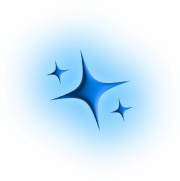


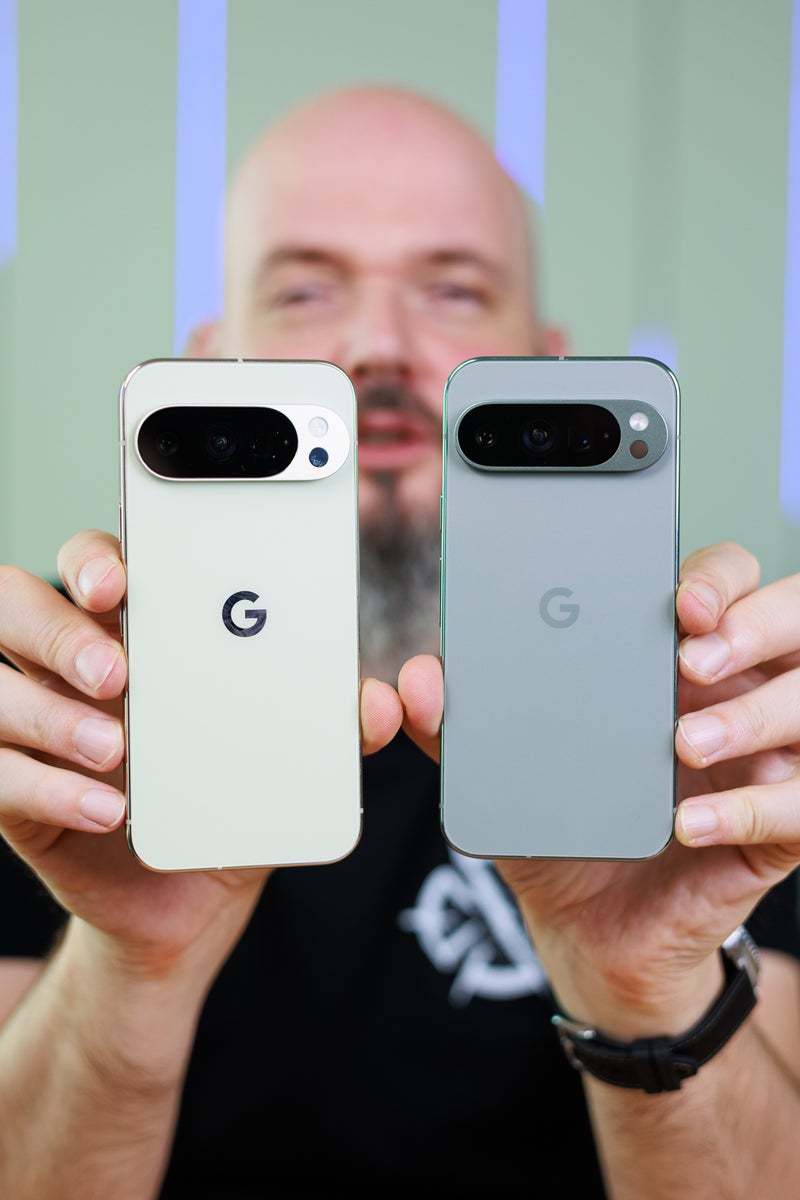

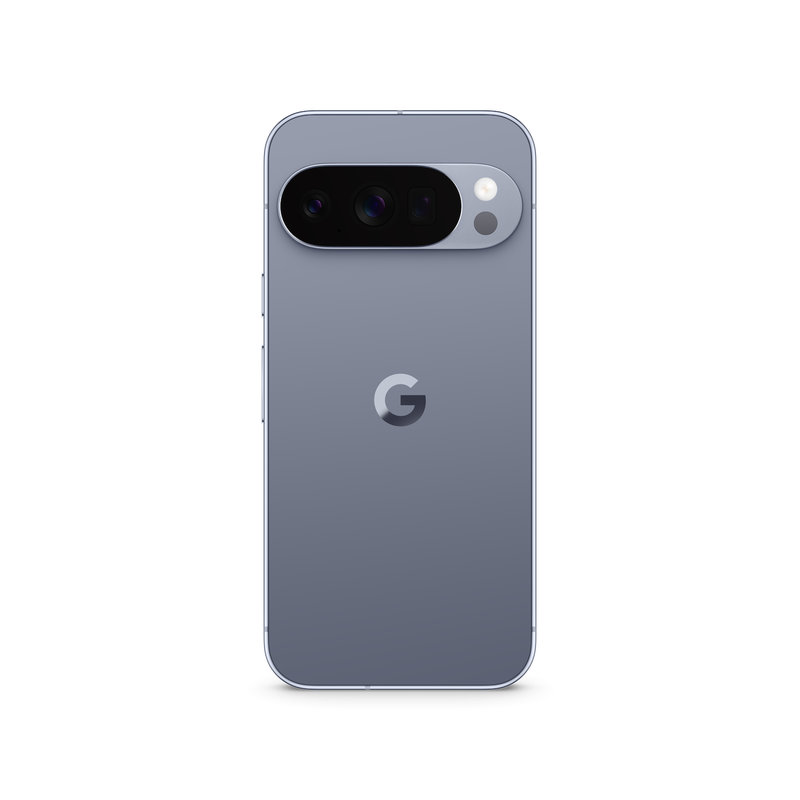
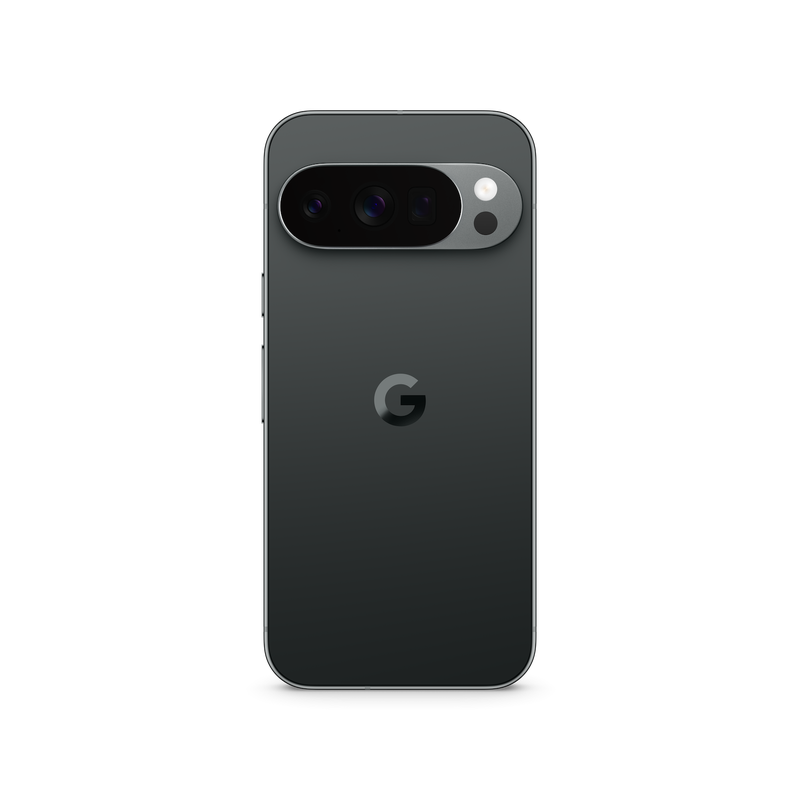
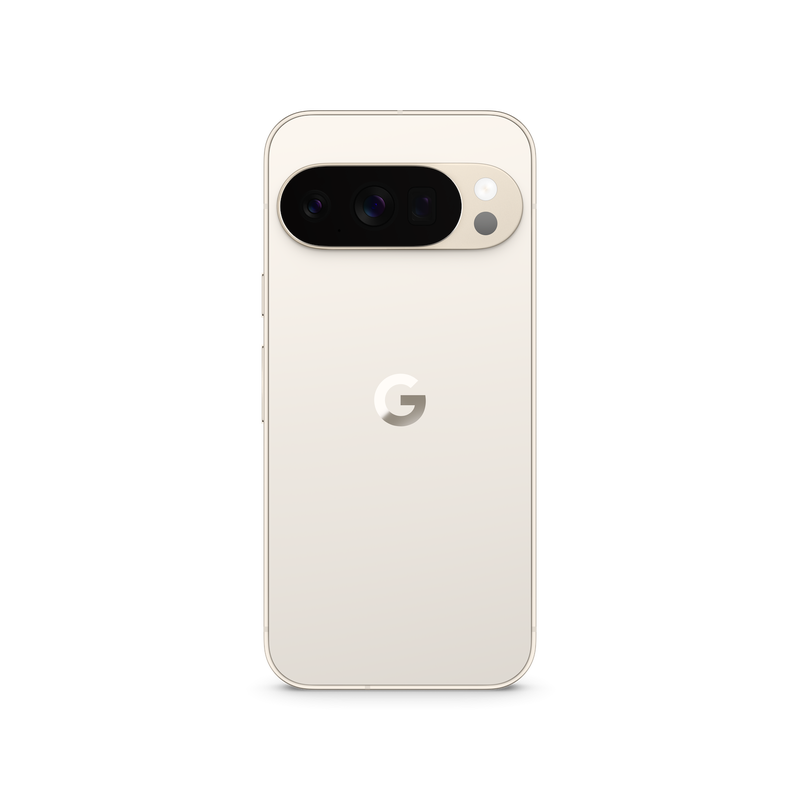
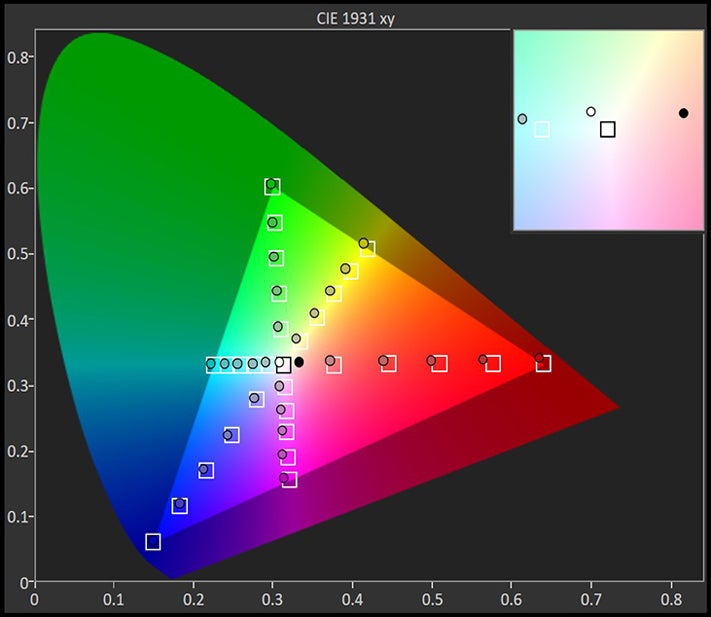





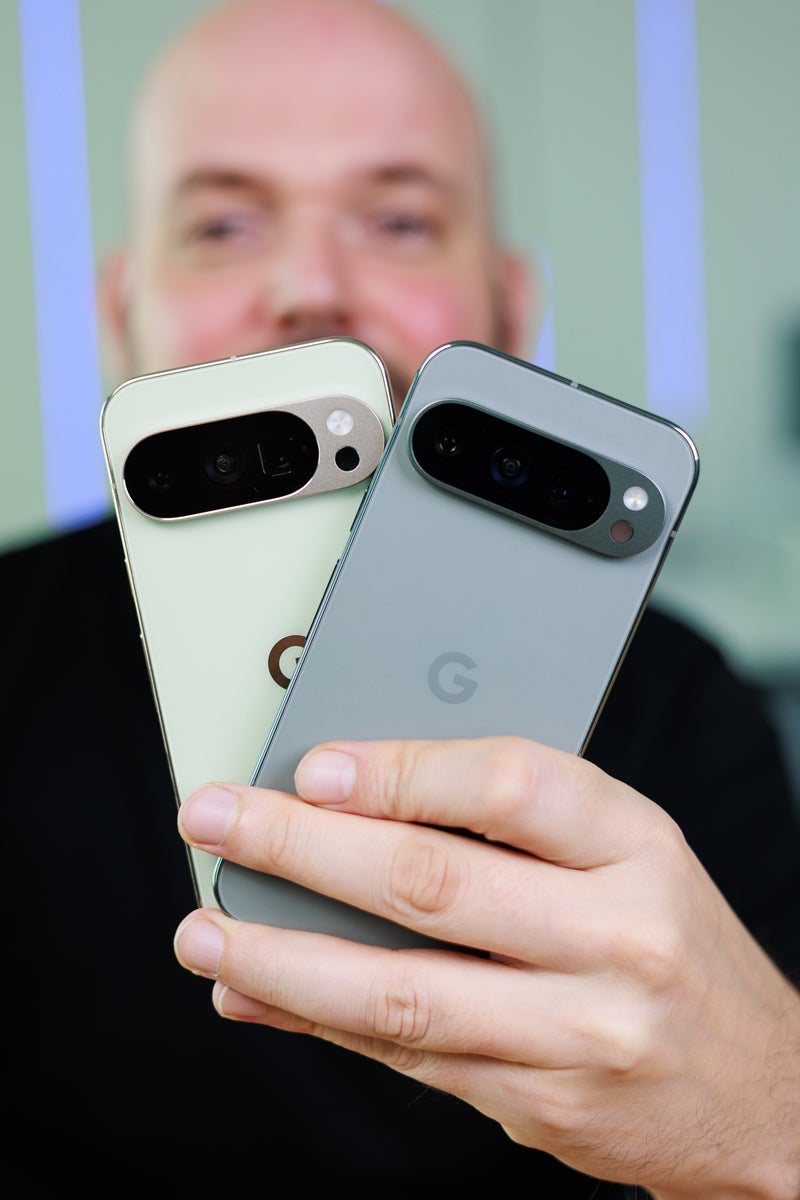
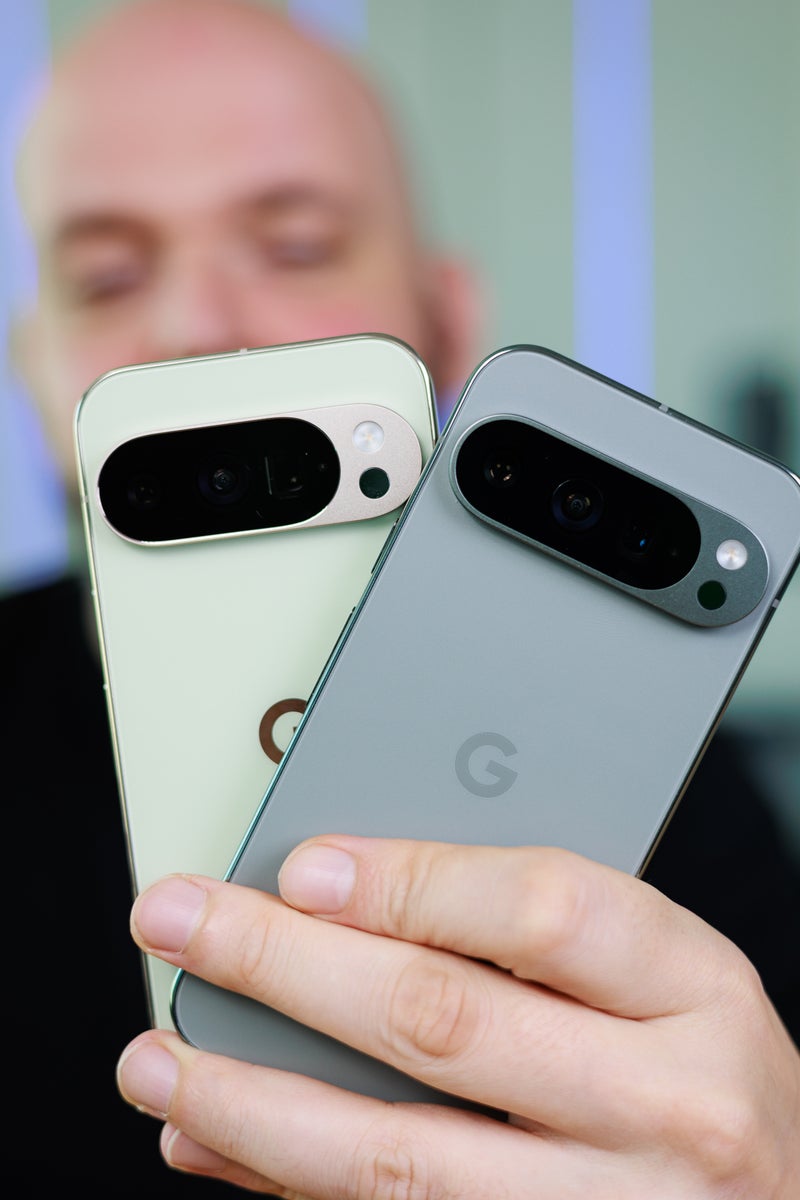
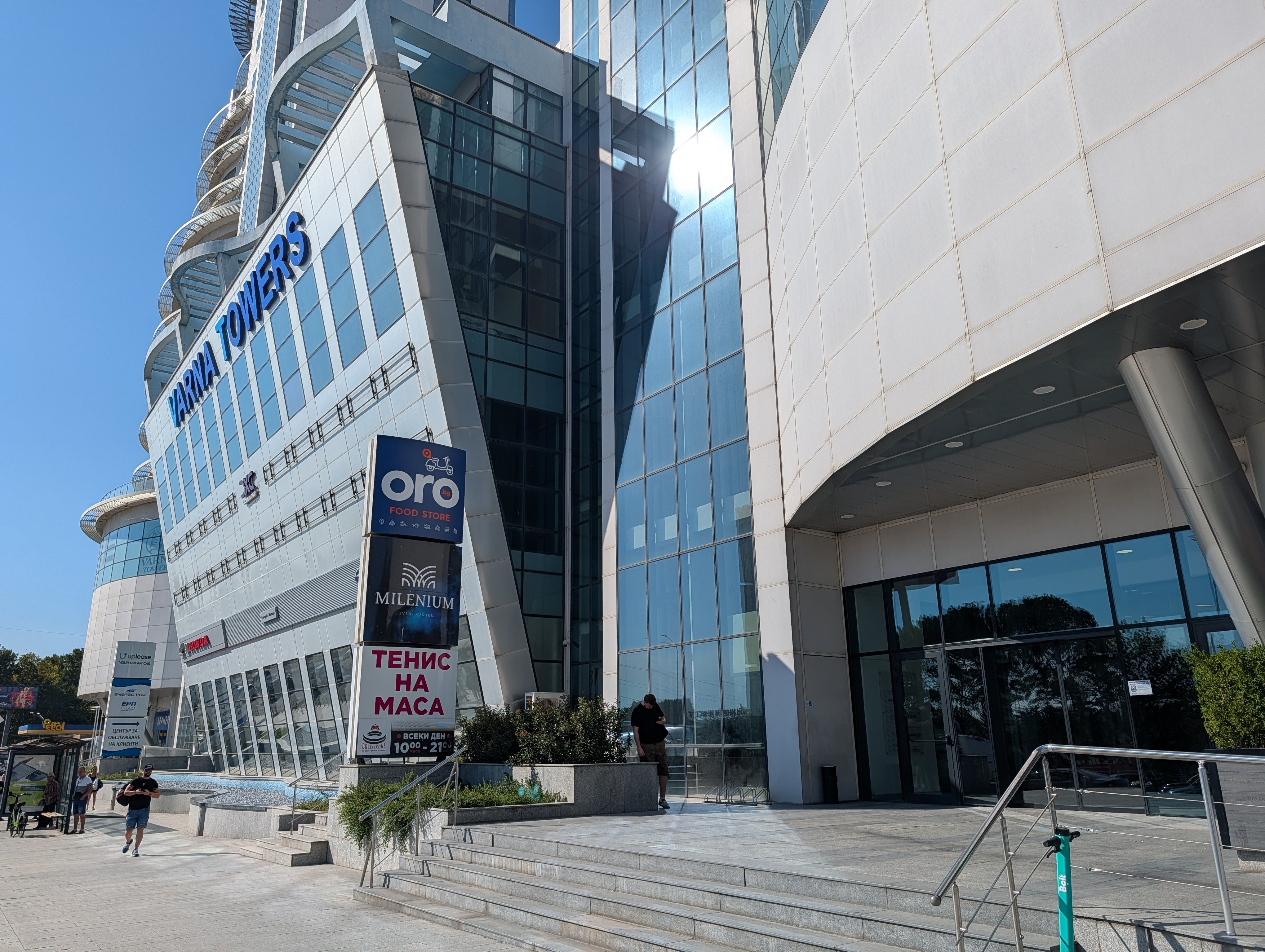
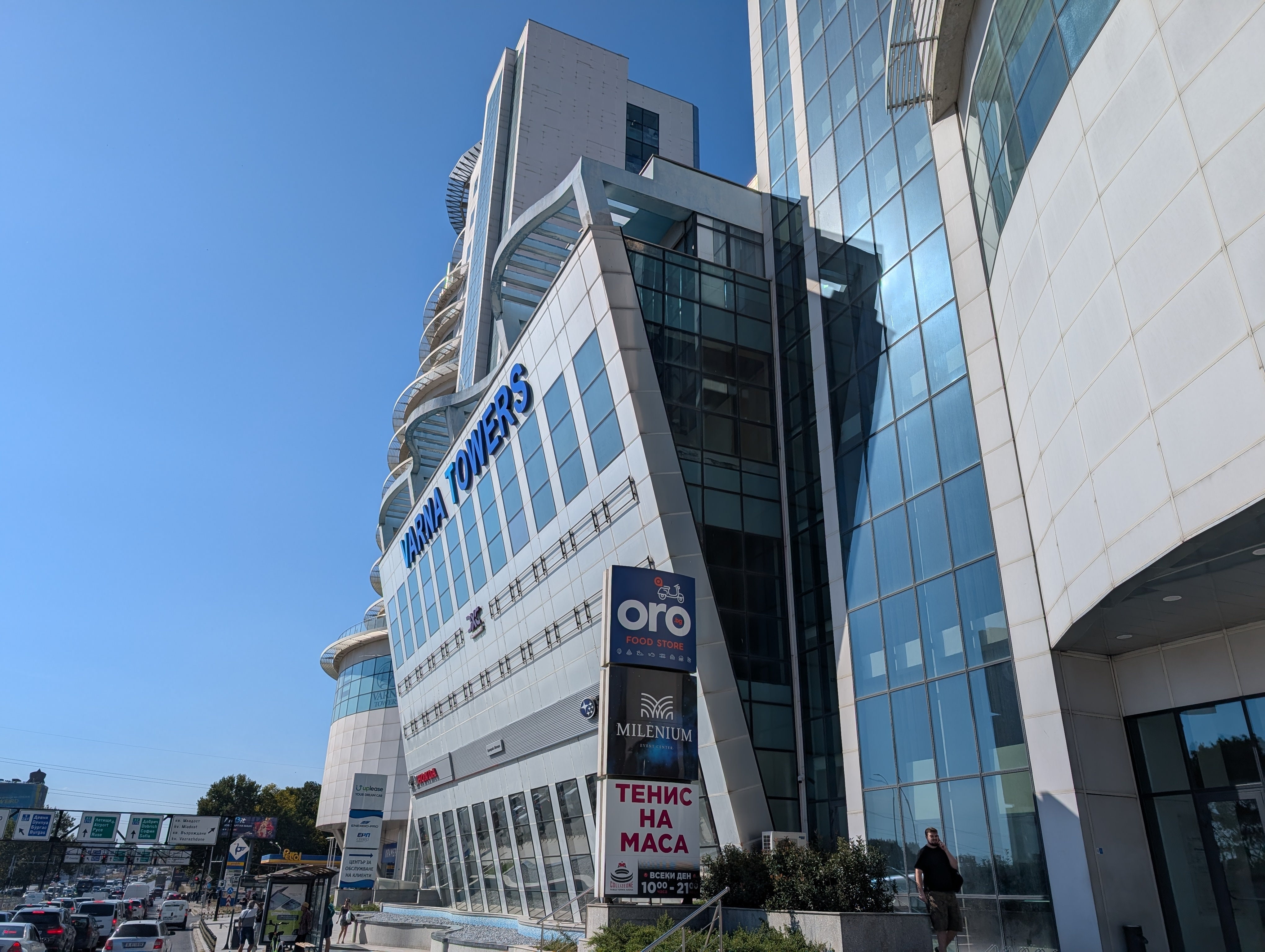

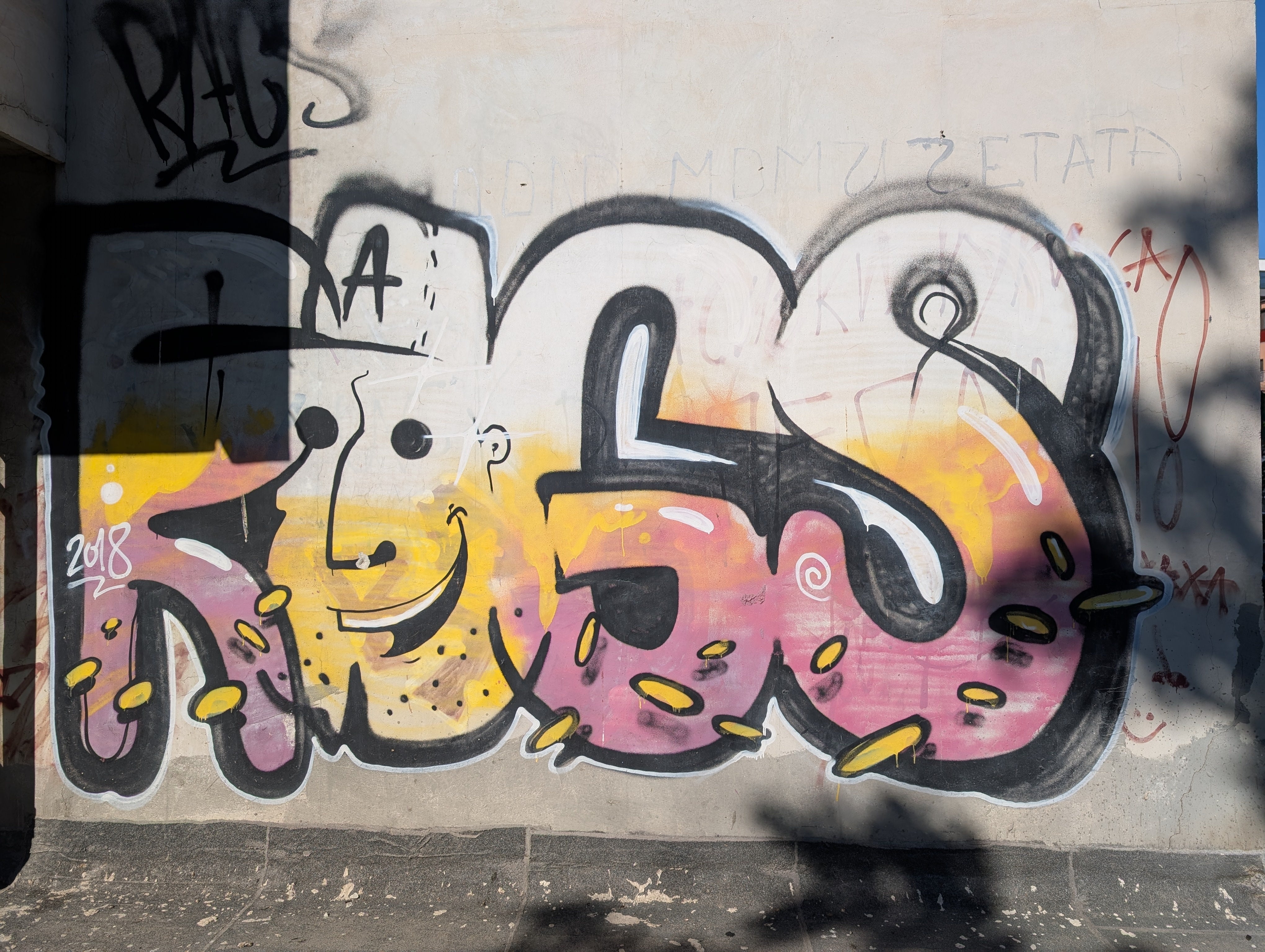

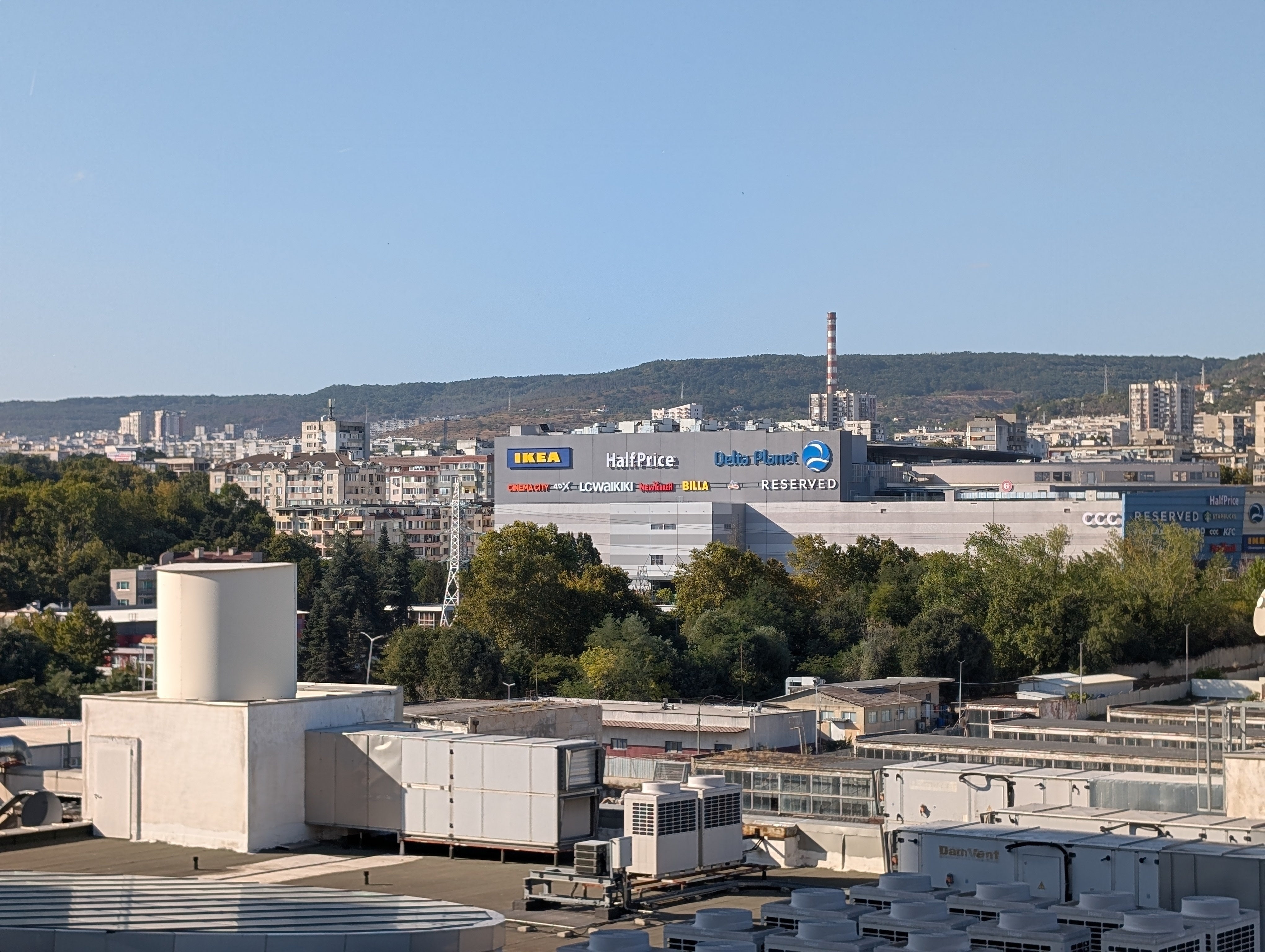







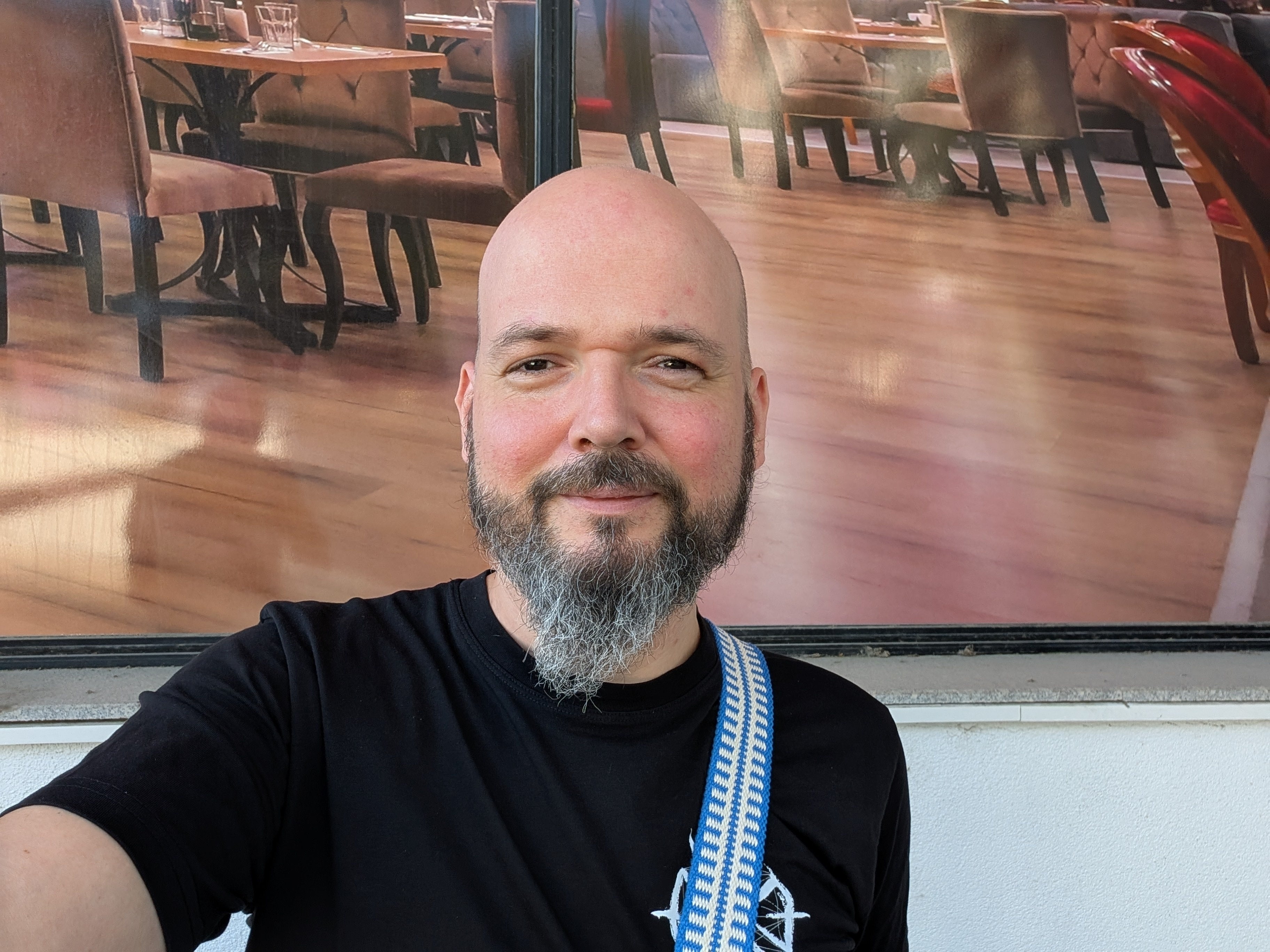


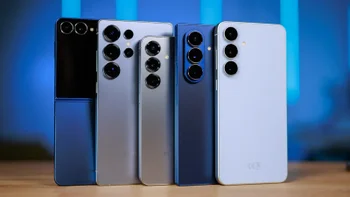

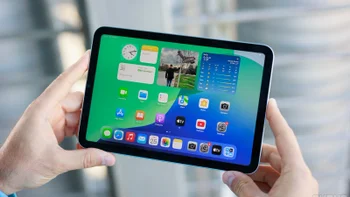




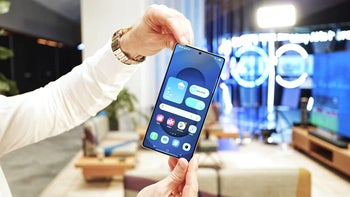

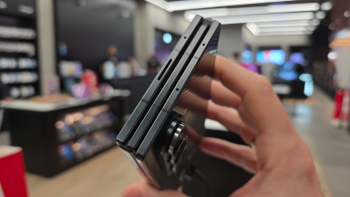
Things that are NOT allowed:
To help keep our community safe and free from spam, we apply temporary limits to newly created accounts: